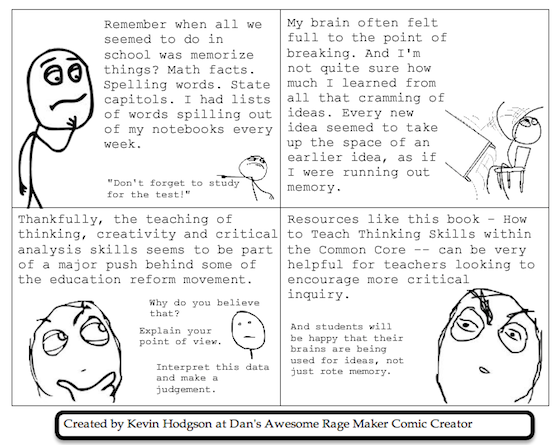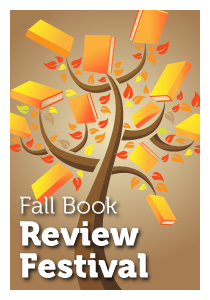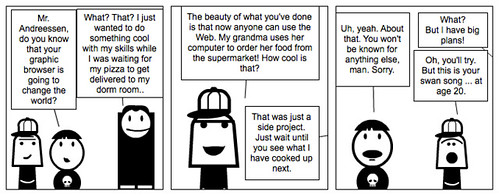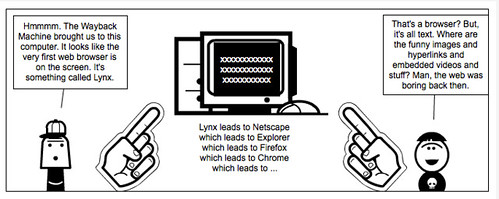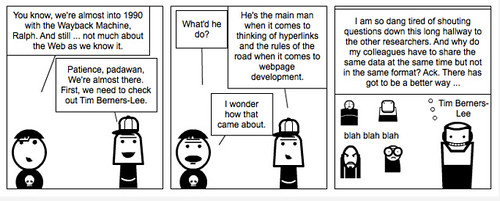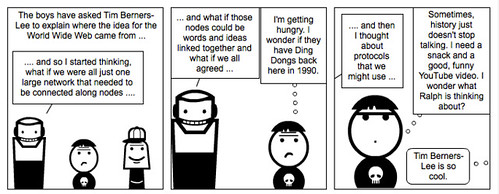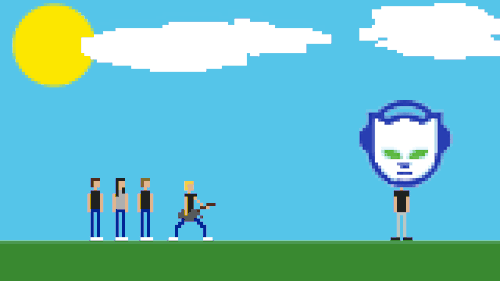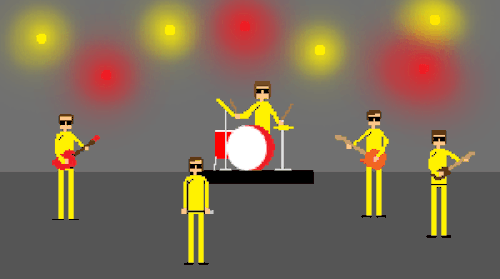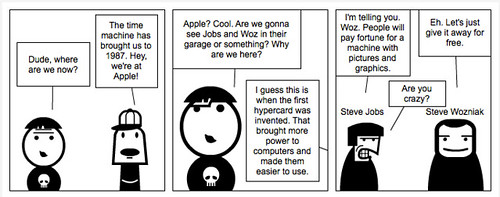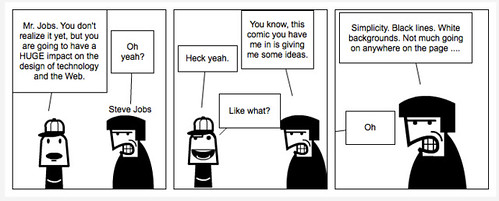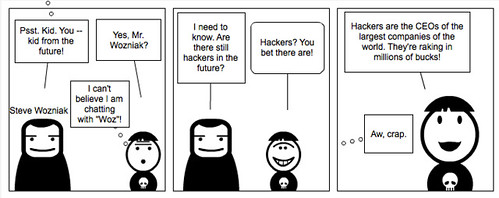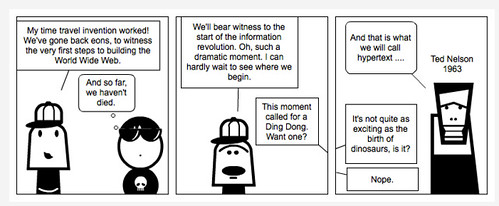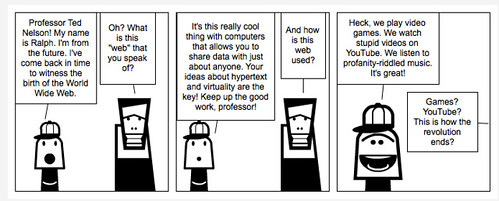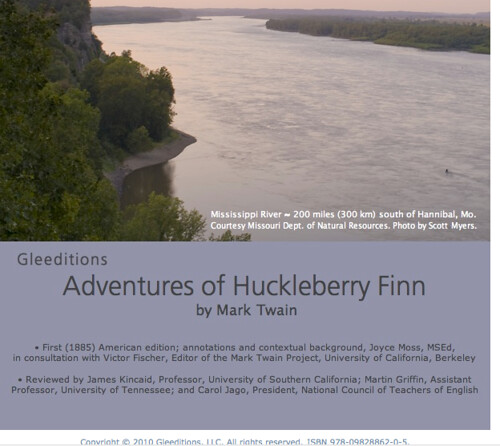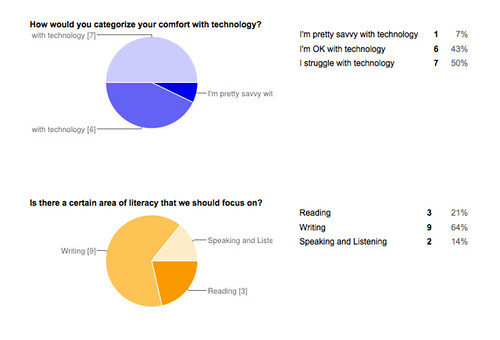
Yesterday, we began an after-school inquiry group with teachers around literacy instruction and technology. There is a small group of us planning various sessions and I was up first. So, I brought up the Draw a Stickman site (episode two) on my interactive board and asked the teachers to help make the story, referring periodically to the ways in which I use the site with my students early in the year to talk about the main literacy concepts we will touch upon: protagonist/antagonist, setting, foreshadowing, conflict/resolution, etc.

I offered up the view that we need our students with the interactive pens in hand, not the teachers. And here is a perfect site with an engaging activity with many points for discussion about literacy, and even the opportunity afterwards for students to retell or write the story of the hero stickman.
What this allowed us to do with the 15 or so teachers who stayed after school, on their own time, to do is to think in terms of literacy, not technology. In fact, we are working to frame the inquiry group around the ideas of teaching literacies in all of its varied forms through the lends of using technology to engage students. The point is that the focus is not the technology. That’s no small thing, I would argue, and we often fall into the trap of the tool shaping instruction as opposed to the instruction using the tool.
After our interactive story activity, which broke the ice nicely, we shifted into using Edmodo for an inquiry space that I had set up for us as teachers. Our challenge is that we have teachers from kindergarten right through sixth grade, and that is a wide span. But we are all teachers and learners, and one of our goals is to create a community of learners that is built on sharing, reflection and exploration. You can see from the survey results above that we all have a mixed group in terms of their own perceptions of technical savvy (and also, that they want to focus on writing instruction in our sessions). So we went slow and methodical, and Edmodo worked well for our goals (easy set-up, easy to use, familiar format to many), and in very little time at all, we were all busy writing and sharing and replying, and building the connections.
Their writing task was to create a Technology Autobiography, where they were to write about their first brush with technology that made them step back and say “wow.” The responses were fantastic, from one who wrote about remembering an earlier career in programming (who knew?) to another remembering an early version of Logo programming (the Lego-styled system that Scratch is built on), to others whose first brush with Skype opened up a range of possibilities.
And they were writing, which is the literacy connection. The technology — Edmodo — allowed us to connect as writers but we all agreed that, as best as time would allow, we would return to our writing space to share resources. I know that is easier to promise than it is to do, and there are ghost towns of online spaces all over the place. But we facilitators will see what we can do to encourage us to keep coming together as writers and learners (and one colleague reminded us that our new teacher evaluations require some reflective writing, and so, why not our Edmodo space?)
Peace (in the inquiry),
Kevin
